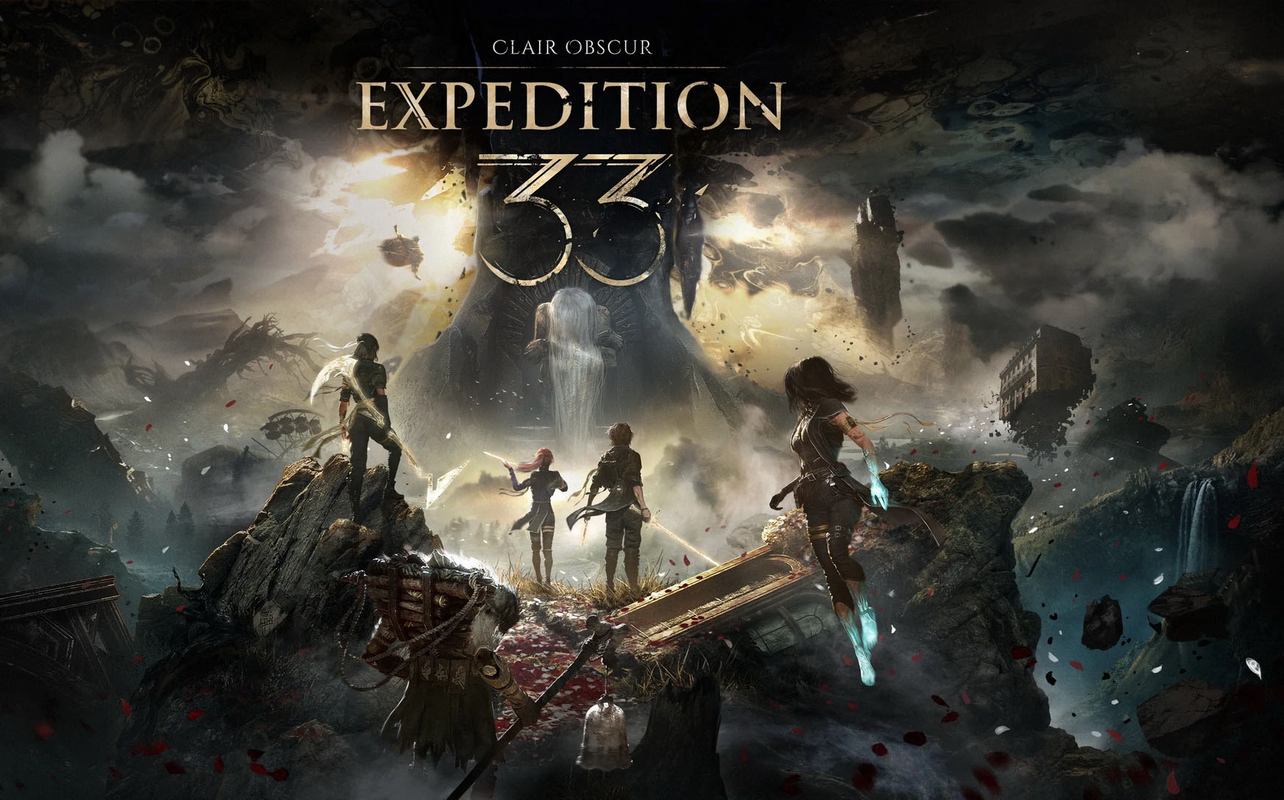
There’s a moment about an hour into Clair Obscur: Expedition 33 where everything clicks. You’re still learning the basics, dodging, parrying, juggling AP but the story’s already tightening its grip. For me, it was a quiet campfire scene. The party wasn’t talking about the mission or the Paintress. They were just people. Tired, nervous, trying to distract themselves. That’s when I realized I wasn’t just playing another stylish RPG. I was invested. Since launch, Clair Obscur: Expedition 33 has become a major Game of the Year favourite and picked up 12 Game Awards nominations.
Developed by Sandfall Interactive, Clair Obscur: Expedition 33 is a turn-based RPG set in a surreal, dying world. Every year, a mysterious figure known as the Paintress writes a number on a monolith, and everyone of that age disappears. Your group, Expedition 33, is the latest in a long line sent to stop her.
There’s no open world. No minimap. No busywork. What you get instead is a focused story, a tight combat system, and a world that looks like something pulled from an art book. The combat might throw you at first, especially the timing-based inputs, but it never feels unfair. And while the story goes to some heavy places, it doesn’t drag you down.
I went in expecting something that looked cool but might play it safe. What I got was one of the most thoughtfully built RPGs I’ve played in years, something that knows what it wants to do and doesn’t waste time getting there.
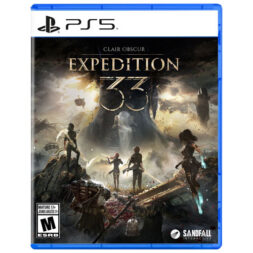
Clair Obscur: Expedition 33 details
Platform(s): Xbox Series X|S, PS5, and PC
Developer(s): Sandfall Interactive
Publisher(s): Kepler Interactive
Genre: Role-playing
Modes: Single-player
ESRB Rating: M (Mature 17+)
The Gommage and the weight of time
Clair Obscur: Expedition 33 opens with a countdown. Every year, the Paintress writes a number on the Monolith. Everyone of that age disappears. They call it the Gommage. It’s not a curse, or a warning. It just happens. This year, the number is 33. You play as Gustave, a 31-year-old inventor joining the thirty-third expedition to stop her. He knows his number’s coming. So does everyone else.
The game doesn’t rush to explain everything. You learn about the world as the characters do through conversations, discoveries, and quiet moments at camp. I liked that it didn’t over-explain things. Some of the best story beats hit harder because I had time to think them through. There’s always a little tension in the air, even when nothing’s happening. You start to feel how fragile everything is.
Your group feels like real people. They argue, joke around, and open up. Maelle wants more from life. Lune hides behind facts. Sciel carries regret. Each one adds something to the world. You’re not just marching to save the day. You’re trying to make sense of a world that already feels lost. The Gommage hangs over every decision, even in smaller side conversations.
The writing never feels forced. It shows just enough. The more time I spent with the characters, the more I wanted to protect them, even knowing I probably couldn’t.
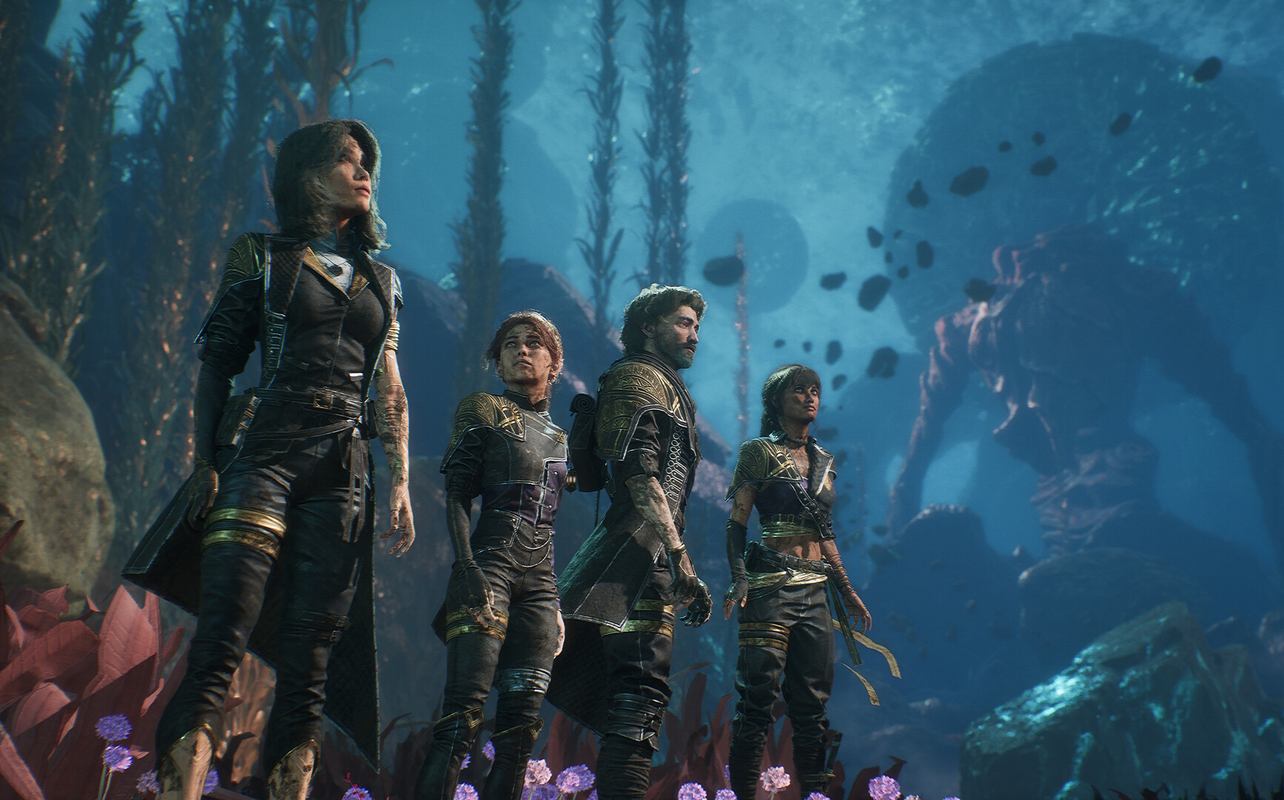
Timing, tension, and trade-offs
The core of Clair Obscur: Expedition 33 is turn-based combat with reflex-based inputs layered on top. It’s a familiar loop, but with a twist. Every action, from attacking to defending, includes timed button presses. Hit them right and you’ll land a bonus. Miss, and things can fall apart fast. Defense takes more effort. You’ll parry, dodge, jump, and eventually block super attacks using a move called Gradient Parry. Each one has its own timing.
At first, I wasn’t sure I liked the system. One early boss threw out a series of attacks I couldn’t read fast enough. After a few failed parries, I dropped the difficulty down to widen the timing window. That helped. Once I got the rhythm, I turned it back up and felt the difference. It clicked. Combat rewards reaction and planning. You build up Action Points by parrying or using traits. Spend those points on abilities, combos, or targeted weak points. Some enemies can be staggered, leaving them open for more damage.
Each party member brings something different. Gustave charges attacks. Sciel marks enemies. Maelle’s counters hit hard. You can customize their builds using skill slots, elemental tools, and trait combinations. The game also lets you adjust difficulty at any time. That flexibility matters. Some fights are long, and if your timing is off, they drag. But when everything lands, your parries connect, your AP lines up, your skills chain together, it feels great. That’s the balance the game keeps aiming for.
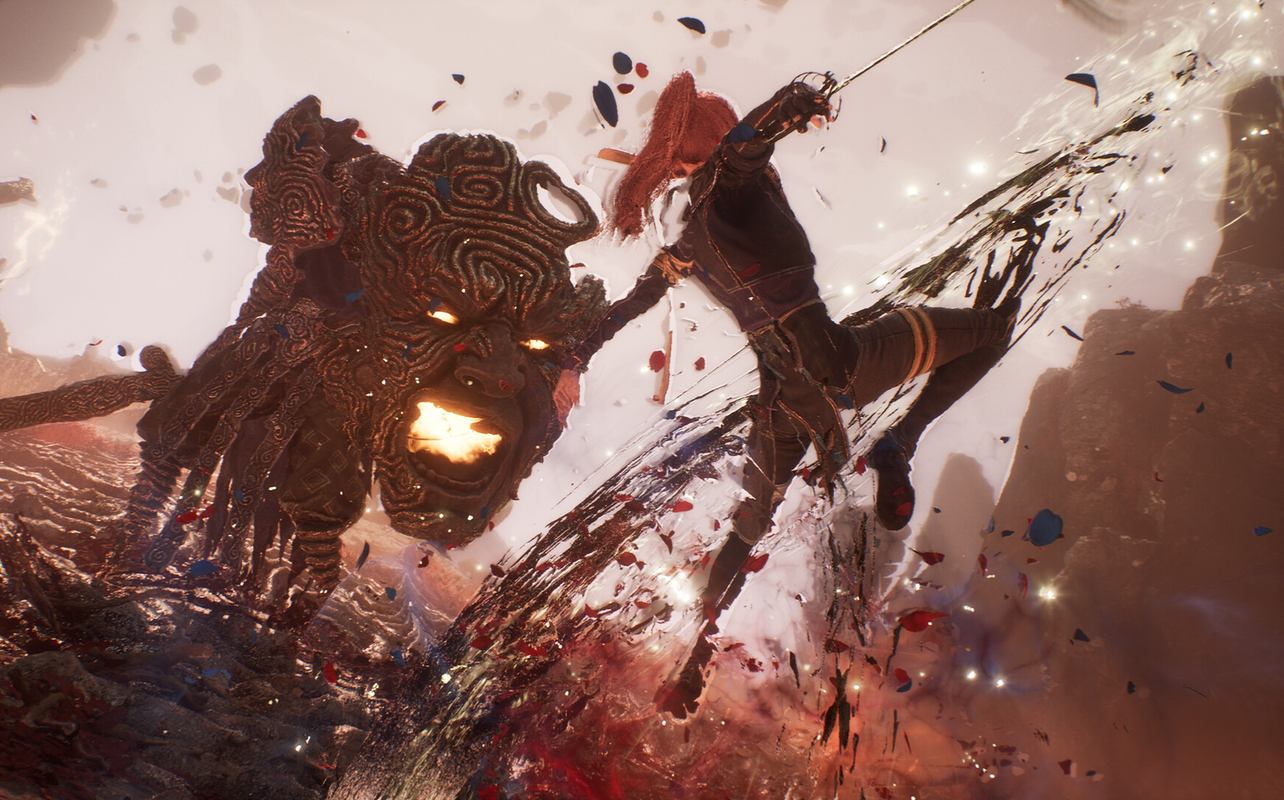
Art and atmosphere that don’t let go
Clair Obscur: Expedition 33 looks like a painting in motion. The world blends Belle Époque architecture with surreal landscapes and giant creatures. Environments feel hand-crafted. One area looks like a forest twisted underwater. Another is dotted with statues the size of buildings. Even quiet spaces have something strange in them. Character models are detailed, especially after battle. I noticed dirt and sweat on Gustave’s face after a tough fight. It’s a small thing, but it adds up.
Combat effects are clean and readable. Gradient attacks explode across the screen. Enemy designs are sharp and unsettling. The game knows when to be loud, and when to hold back. Performance was smooth on my end, but I stuck with performance mode. I wanted the responsiveness. The game looks better in quality mode, but I noticed timing inputs felt harder to land there. You can switch anytime.
The soundtrack deserves its own space. It blends classical, orchestral, and modern elements without ever clashing. Boss themes hit hard. Camp themes pull things back. I caught myself leaving the game idle just to keep listening. The voice acting stands out. Charlie Cox brings a tired kindness to Gustave. Jennifer English makes Maelle feel hopeful and raw at the same time. The whole cast delivers.
I’ve played a lot of good-looking games lately. Expedition 33 stuck with me not because it was flashy, but because it made every scene feel lived in.
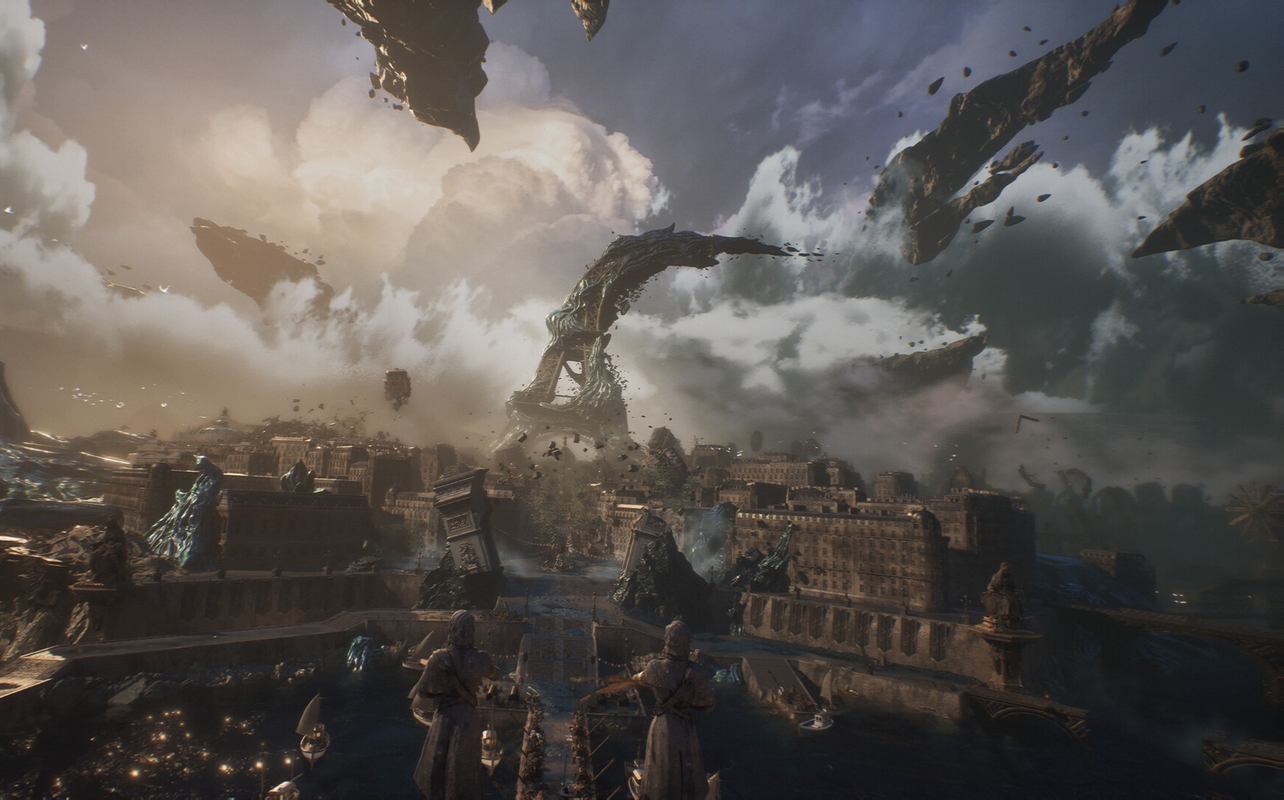
A world worth the journey
I didn’t expect Clair Obscur: Expedition 33 to stick with me the way it did. By the end, I wasn’t thinking about the combat or the visuals. I was thinking about the choices these characters had to make, and how much I didn’t want to let them go. This is a game that knows exactly what it wants to be. It avoids copying every RPG out there. Instead, the focus stays on strong writing, clean pacing, and a combat system that rewards effort. You’re asked to meet it halfway, and it’s worth doing that.
| Pros | Cons |
|---|---|
| Combat blends turn-based tactics with satisfying timing-based inputs. | There’s no minimap, which can make navigation confusing. |
| The story is emotional, focused, and told with restraint. | A few areas overstay their welcome with repetitive pacing. |
| Characters feel believable and grow through camp interactions. | Some fights drag if you struggle with timing-based inputs. |
| The visual style is unique, surreal, and consistently detailed. |
Some parts can be tough. Parrying takes practice. A few areas stretch out longer than they should. And I still wish the game gave you more info before wandering into an enemy way above your level. But everything else works together so well that it’s hard to care for long. The story doesn’t waste time. The characters feel real. The world feels broken but worth exploring. And the music, start to finish, never lets up.
Overall assessment of Clair Obscur: Expedition 33
Gameplay: 4/5
Graphics: 4.5/5
Sound: 5/5
Lasting appeal/Replayability: 4.5/5
Overall rating: 4.5/5 (90%)
If you’re looking for a traditional RPG that still tries something new, this is it. Expedition 33 doesn’t chase trends. It tells a focused story, asks you to pay attention, and gives you the tools to figure it all out. It’s rare to play something that feels this sure of itself. Rarer still to finish it and already want to start over.
Click here to see the full line of video game software available at Bestbuy.ca
Click here to see digital video game downloads offered at BestBuy.ca





